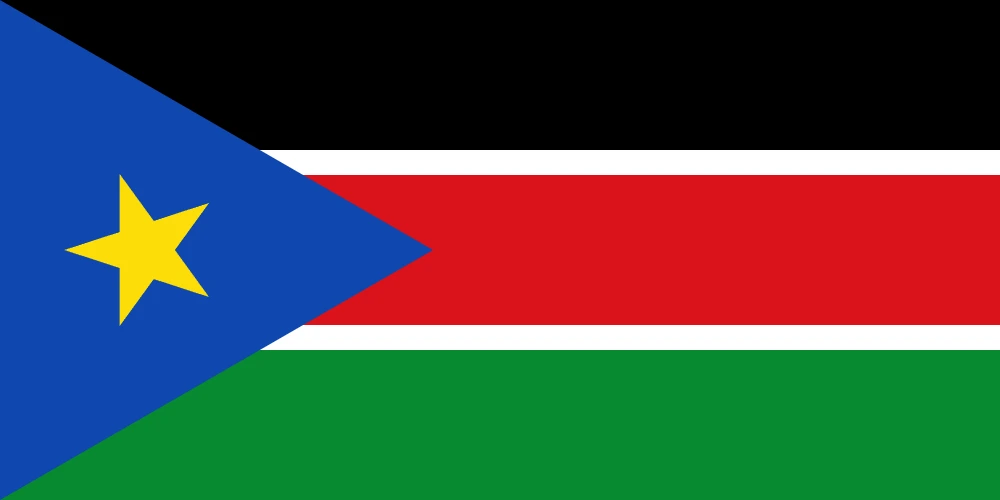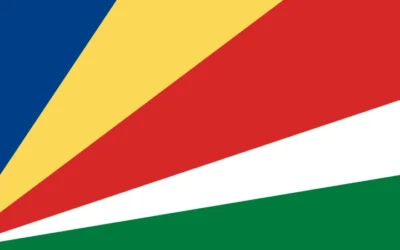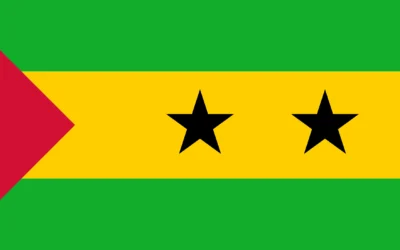South Sudan Travel Guide
Discover Why You Should Visit South Sudan
Why Visit South Sudan?
South Sudan is one of the world’s newest countries, offering intrepid travelers a chance to experience authentic African cultures, untouched landscapes, and a strong sense of community. It remains largely undiscovered by mainstream tourism, which makes visits here uniquely personal and immersive.
Known for its tribal diversity, seasonal animal migrations, and historical significance, South Sudan appeals to those who seek raw, off-the-grid travel.
Ideal for: Adventure travelers, cultural anthropologists, humanitarian workers, and those seeking unfiltered travel experiences.
Must-Know Facts
Capital/Major City: Juba
Language(s): English (official), Arabic, Dinka, Nuer, Bari, and over 60 indigenous languages
Currency: South Sudanese Pound (SSP)
Best Time to Visit: December to February (dry season and cooler weather)
Fun Fact: South Sudan gained independence from Sudan in 2011, making it the youngest country in the world.
Top Things to Do
Explore the capital city Juba and visit the Dr. John Garang Mausoleum
Attend traditional tribal ceremonies and cultural festivals if traveling with a local guide
Visit Nimule National Park along the White Nile for birdwatching and wildlife
Take a boat trip on the Nile River for fishing or scenic viewing
Learn about local history and resilience at the South Sudan National Museum (under development)
Local Culture & Lifestyle
South Sudan is home to over 60 ethnic groups, each with distinct languages, customs, and dress. Dinka, Nuer, Bari, and Zande are among the largest communities.
Cattle culture is central to many tribes, especially the Dinka, who consider cattle a symbol of wealth and status.
Music, storytelling, and oral traditions are essential to social life and historical preservation.
Food & Drink Highlights
Street Food: Grilled meat skewers, kisra (flatbread), asida (sorghum porridge), roasted corn
Restaurants: Da Vinci Lodge Restaurant, Notos Lounge (Juba), and various local spots
Drinks: Fresh tamarind juice, hibiscus tea, local sorghum beer, coffee with ginger
Desserts: Fried plantains, sesame and honey snacks, fruit plates with mango or papaya
Main Dish & Culinary Symbols
Signature Dish: Wal wal (vegetable stew with peanut sauce served over sorghum or millet)
Common Ingredients: Sorghum, millet, beans, leafy greens, goat, okra, fish
Culinary Culture: Meals are simple and hearty, usually prepared from scratch and shared among families and guests
Symbols & Icons of the Area
Natural Icons: Nile River, Sudd wetlands, Boma National Park, Imatong Mountains
Cultural Icons: Cattle camps, beaded jewelry, tribal scarification, wood carvings, traditional headwear
Hidden Gems & Off-the-Beaten-Path
Kapoeta, a remote town home to the Toposa people and traditional villages
Sudd region, one of the world’s largest wetlands with birdlife and seasonal wildlife
Boma National Park, offering potential for safari development and migration routes
Shopping & Souvenirs
What to Buy: Beaded necklaces, woven baskets, wooden masks, handmade tools and utensils
Where to Shop: Local craft stalls in Juba, community artisan markets, cultural centers
Getting Around
Public Transport: Limited public options; boda-bodas (motorbike taxis) common in cities
Car Rentals: Essential for travel beyond Juba, often with local driver or fixer
Tip: Road conditions can be challenging, and security considerations require local guidance
Walkability: Moderate in Juba; rural areas require guided transport
Travel Tips
Travel with a local guide or organization familiar with the region
Permits and approvals may be required for photography, journalism, or travel to rural zones
Avoid night travel and always check local advisories for updated security conditions
Respect cultural norms, especially around dress, greetings, and community customs
Where to Stay
Budget: Local guesthouses in Juba with basic amenities
Mid-range: Juba Grand Hotel, Acacia Village, Da Vinci Lodge
Luxury: Limited, but some international-standard accommodations available in Juba
Unique: Mission guesthouses and NGO compounds for long-term or volunteer stays
Sample 4-Day Itinerary
Day 1: Arrive in Juba, visit the John Garang Mausoleum and explore the local market
Day 2: Travel to Nimule National Park for nature walks and Nile River views
Day 3: Explore traditional culture in nearby villages, guided by a local host
Day 4: Return to Juba, relax at a local café, or visit local craft markets






0 Comments